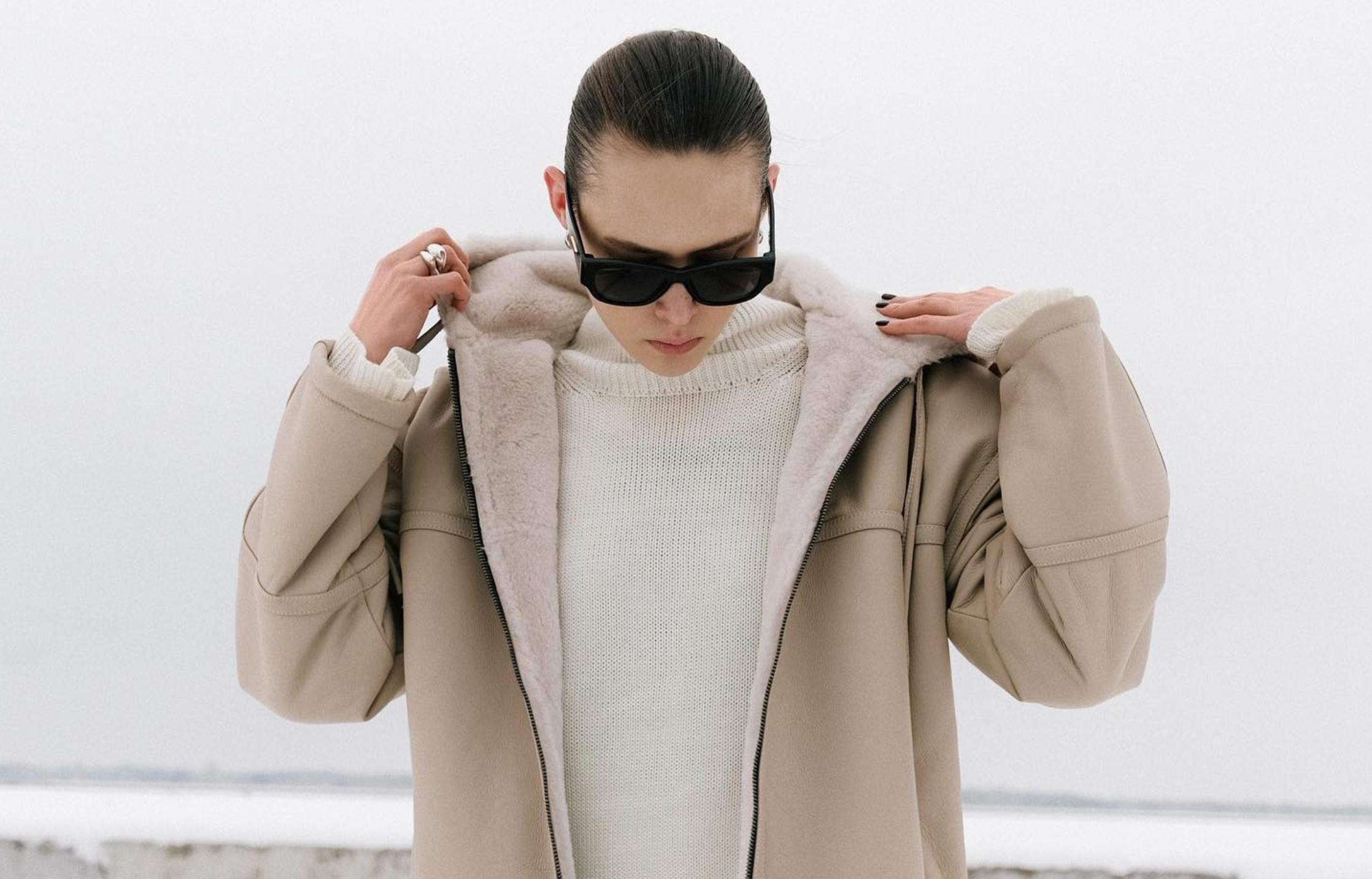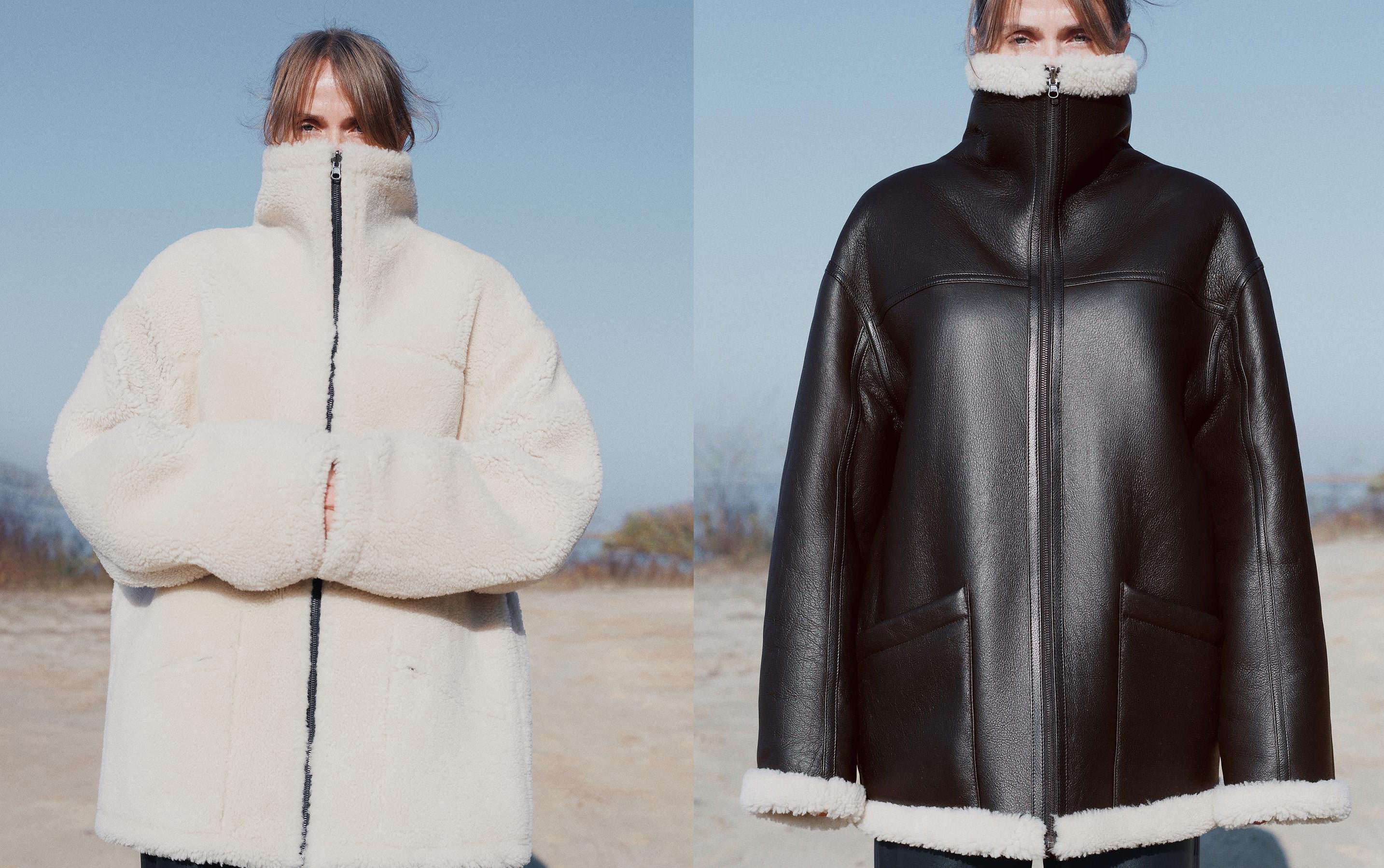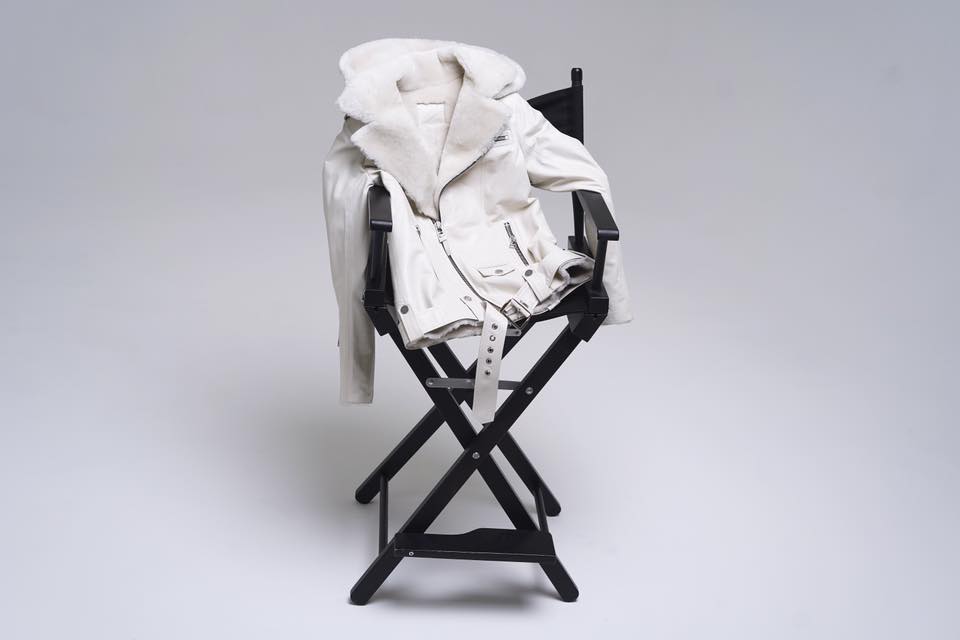
Наука зігрітися: як працюють утеплення та нашарування у зимовому верхньому одязі
Зима може бути складним часом для одягу, особливо коли йдеться про те, щоб зігрітися. Важливо розуміти, як працюють утеплювач та нашарування у зимовому верхньому одязі, щоб зробити найкращий вибір відповідно до ваших потреб.
Коли ми говоримо про утеплювач, ми маємо на увазі матеріали, що використовуються в зимовому одязі для збереження тепла. Ці матеріали бувають різних видів, включаючи натуральні (наприклад, пух) та синтетичні (наприклад, поліестер). Кожен тип утеплювача має свої унікальні характеристики, які впливають на його тепло, вагу та стискальність.

З іншого боку, нашарування – це процес носіння кількох предметів одягу для створення системи, яка забезпечить вам тепло та комфорт за різних умов. Базовий шар – це шар, найближчий до шкіри, і його основна функція – відводити вологу від тіла. Середній шар забезпечує ізоляцію та тепло, тоді як зовнішній шар (оболонка) захищає вас від вітру, снігу та дощу.
Розуміння утеплення та багатошаровості є критично важливим, коли йдеться про вибір правильного зимового верхнього одягу для зимових прогулянок. Враховуючи такі фактори, як температура, рівень активності та особисті вподобання, ви можете знайти ідеальне поєднання утеплення та шарів, щоб зігрітися та відчувати комфорт протягом усього зимового сезону.
Важливість залишатися в теплі взимку на свіжому повітрі
Зігріватися взимку на вулиці важливо для вашого здоров'я та комфорту. Холодна погода може призвести до переохолодження, обмороження та інших серйозних проблем зі здоров'ям. Ви можете зігрітися, одягаючи відповідний одяг, залишаючись сухими та уникаючи впливу вітру та вологи.
Вовна та синтетичні тканини – гарний вибір для верхнього одягу, оскільки вони теплі, легкі та відводять вологу від шкіри. Окрім одягу, важливо підтримувати водний баланс та добре харчуватися під час активного відпочинку. Вживання висококалорійних продуктів, таких як горіхи, сухофрукти та шоколад, може допомогти зігрітися та забезпечити енергію, необхідну для активного відпочинку.

Важливо бути уважним до навколишнього середовища та вживати запобіжних заходів, щоб уникнути нещасних випадків та травм. Це може включати використання належного спорядження, такого як кішки або снігоступи, та уникнення небезпечних ділянок, таких як круті схили або тонкий лід. Дотримуючись цих заходів, ви можете насолоджуватися красою та захопленням зимової природи, залишаючись у безпеці та комфорті.
Утеплення та нашарування: наука про те, як зберегти тепло
Утеплення та багатошаровість є критично важливими компонентами для збереження тепла в холодну погоду. Утеплення забезпечує бар'єр між холодним повітрям і вашим тілом, утримуючи тепло, яке виробляє ваше тіло, щоб зігрітися. Багатошаровість – це техніка, яка передбачає носіння кількох шарів одягу для створення кишень теплого повітря між шарами. Ці кишені ефективно утримують тепло та зберігають тепло.

Коли йдеться про утеплення, існує багато різних матеріалів на вибір, таких як пух, вовна та синтетичні тканини. Кожен матеріал має свої унікальні властивості, які роблять його придатним для різних умов та видів діяльності. Наприклад, пух є чудовим ізолятором в надзвичайно холодних та сухих умовах, тоді як вовна краще підходить для вологих та сирих умов.
Багатошаровість також важлива для збереження тепла. Ключ до багатошаровості полягає в тому, щоб носити кілька шарів одягу, які можна легко знімати або додавати залежно від рівня вашої активності та погодних умов. Перший шар має бути вологовідвідним базовим шаром, який запобігатиме потраплянню поту на шкіру. Другий шар має бути ізоляційним, який утримуватиме тепле повітря близько до вашого тіла. Останній шар має бути водонепроникною та вітронепроникною оболонкою, яка захистить вас від негоди.
Окрім утеплення та багатошарового одягу, важливо також звертати увагу на інші фактори, які можуть впливати на температуру вашого тіла, такі як вид діяльності, яку ви виконуєте, тривалість перебування на вулиці та коефіцієнт охолодження від вітру. Враховуючи ці фактори та правильно утеплюючи й багатошарово одягаючи, ви можете залишатися в теплі та комфорті навіть у найхолоднішу погоду.
Розуміння ізоляції
Утеплення одягу – це важливий аспект, який слід враховувати, одягаючись для різних видів діяльності та за різних погодних умов. Утеплення – це здатність одягу утримувати повітря та створювати бар'єр між тим, хто його носить, та зовнішнім середовищем. Саме це утеплення допомагає нам зігріватися в холодну погоду та охолоджуватися в спекотну.
В одязі використовуються різні типи утеплювачів, включаючи натуральні волокна, такі як вовна та пух, та синтетичні матеріали, такі як поліестер та нейлон. Кожен тип утеплювача має свої унікальні властивості та переваги, і важливо вибрати правильний для ваших потреб.

Інші фактори, які слід враховувати під час вибору утепленого одягу, включають вид діяльності, яким ви займатиметесь, а також погодні умови, з якими ви зіткнетеся. Наприклад, якщо ви плануєте займатися високоінтенсивною діяльністю, такою як катання на лижах, вам варто розглянути легший утеплювач, щоб запобігти перегріву.
З іншого боку, якщо ви будете стояти в холодну погоду протягом тривалого часу, важчий утеплювач може бути більш доцільним, щоб зігрітися та відчувати комфорт. Розуміючи різні типи доступних утеплювачів та фактори, які слід враховувати під час вибору утепленого одягу, ви можете бути належно підготовлені до будь-якої активності на свіжому повітрі чи погодних умов.
Основи нашарування
Коли йдеться про моду, багатошаровість є важливим методом для створення стильного та функціонального вбрання. Багатошаровість — це не лише спосіб зігрітися в холодні місяці, але й спосіб додати глибини та об'єму вбранню, зробивши його цікавішим та привабливішим.
Під час поєднання одягу важливо починати з основ. Це означає вибір правильних тканин і текстур, які доповнюватимуть одна одну та створюватимуть цілісний образ. Наприклад, якщо почати з легкої футболки як базового шару та надіти зверху светр або куртку, можна створити універсальний і зручний одяг, який ідеально підійде для переходу від прогулянок на вулиці до прогулянок вдома.
Ще одним важливим моментом при нашаруванні одягу є посадка кожного шару. Важливо переконатися, що кожен шар добре сидить і не додає зайвого об'єму вашому вбранню. Цього можна досягти, вибираючи речі, які відповідають формі та розміру вашої фігури, або нашаровуючи речі, покроєні так, щоб вони зручно сиділи один на одному.

Підсумовуючи, багатошаровість – це ключовий прийом у моді, який може перетворити образ з простого на стильний та функціональний. Вибираючи правильні тканини, текстури та крій, ви можете створити цілісний та привабливий образ, який ідеально підійде для будь-якої події.
Управління вологою та нашарування
Управління вологою є важливим аспектом активного відпочинку. Воно включає здатність регулювати температуру тіла шляхом видалення поту зі шкіри. Багатошаровість є ще одним важливим фактором у активному відпочинку. Вона полягає в носінні кількох шарів одягу для захисту від різних погодних умов. Носячи багатошаровий одяг, ви можете легко підлаштувати його під мінливу погоду. Крім того, багатошаровість також може допомогти утримувати тепло близько до тіла, коли на вулиці холодно. Тому правильне управління вологою та методи багатошаровості є ключем до комфорту та безпеки під час активного відпочинку на свіжому повітрі.
Вибір правильного зимового верхнього одягу
Коли йдеться про те, щоб зігрітися взимку, вибір правильного верхнього одягу має вирішальне значення. Приймаючи це рішення, слід враховувати кілька факторів.
По-перше, врахуйте рівень утеплення, який вам знадобиться. Якщо ви живете в місцевості, де температура може опускатися нижче нуля, вам варто інвестувати в пальто, яке забезпечить достатню ізоляцію. Шукайте матеріали, такі як пух, вовна або синтетичні волокна, які утримують тепло близько до вашого тіла.

По-друге, подумайте про діяльність, якою ви будете займатися у верхньому одязі. Якщо ви плануєте бути активним на свіжому повітрі, вам слід вибрати пальто, яке є одночасно теплим і легким, що забезпечить свободу рухів. Якщо ви плануєте перебувати на вулиці протягом тривалого часу, подумайте про водонепроникне або водонепроникне пальто, щоб вам було сухо та комфортно.
По-третє, враховуйте стиль та крій верхнього одягу. Пальто, яке добре сидить і підкреслює вашу фігуру, не тільки зігріє вас, але й додасть вам впевненості. Шукайте пальто з регульованими елементами, такими як капюшони, манжети та пояси, щоб забезпечити комфортну посадку.
Зрештою, подумайте про довговічність верхнього одягу. Інвестування у високоякісне пальто, яке створене для тривалого використання, не тільки заощадить ваші гроші в довгостроковій перспективі, але й зменшить ваш вплив на навколишнє середовище. Шукайте пальто з посиленими швами та високоякісними матеріалами, які витримають знос від щоденного використання.
Враховуючи ці фактори, ви можете бути впевнені, що оберете зимовий верхній одяг, який зігріє вас, забезпечить комфорт та стильність протягом найхолодніших місяців року.
Важливість посадки для оптимальної ізоляції та нашарування
Правильна ізоляція та багатошаровість одягу є критично важливими для того, щоб залишатися в теплі та сухості в холодну погоду. Для досягнення цього важливо враховувати посадку вашого одягу. Занадто тісний одяг може обмежувати рухи та знижувати ефективність ізоляції, тоді як занадто вільний одяг може пропускати холодне повітря та знижувати ефективність багатошаровості.

Щоб забезпечити оптимальну ізоляцію та нашарування, важливо вибирати одяг, який добре сидить і дозволяє повний діапазон рухів. Це означає враховувати не лише розмір, але й форму та крій одягу. Крім того, важливо враховувати матеріали, з яких виготовлений одяг, оскільки деякі матеріали можуть бути ефективнішими для ізоляції та контролю вологи, ніж інші.
Звертаючи увагу на крій та матеріали, ви можете оптимізувати свою систему утеплення та шарів одягу, що дозволить вам залишатися в теплі та комфорті навіть у найхолодніші погодні умови.
Поради щодо вибору найкращого зимового верхнього одягу
Коли справа доходить до вибору найкращого зимового верхнього одягу, слід враховувати кілька факторів. По-перше, подумайте про клімат у вашому регіоні. Чи зазвичай там дуже холодно, чи, як правило, м’якше? Якщо ви живете в місці з суворими зимами, вам знадобиться пальто, яке буде одночасно теплим і міцним.
Далі, подумайте про свій особистий стиль. Ви віддаєте перевагу спортивному образу чи чомусь більш класичному? Існує безліч варіантів, від пуховиків та парок до вовняних пальто та бушлатів.
Також варто подумати про те, якими видами діяльності ви займатиметеся у своєму зимовому верхньому одязі. Якщо ви збираєтеся проводити багато часу на свіжому повітрі, пальто з водонепроникним або водонепроникним верхом допоможе вам залишатися сухим у вологих умовах. Якщо ви багато ходите пішки, шукайте пальто з хорошою ізоляцією та зручною посадкою.

Зрештою, не забудьте про аксесуари! Тепла шапка, шарф і рукавички можуть суттєво допомогти вам почуватися комфортно в зимові місяці. Зважаючи на ці поради, ви будете на правильному шляху до вибору найкращого зимового верхнього одягу, який відповідатиме вашим потребам і стилю.
Догляд та обслуговування зимового верхнього одягу
Догляд за зимовим верхнім одягом важливий для того, щоб підтримувати його в хорошому стані та забезпечувати тепло та сухість протягом усього сезону. Правильний догляд також може допомогти зберегти тепло та ефективність шарів вашого спорядження, забезпечуючи вам комфорт навіть за найнижчих температур.
Одна з найважливіших речей, які ви можете зробити для догляду за своїм зимовим верхнім одягом, – це регулярне його прання. Це не просто прання в пральній машині, оскільки багато видів зимового спорядження потребують особливого догляду, щоб уникнути пошкодження тканини чи утеплювача. Наприклад, пуховики та спальні мішки слід прати спеціальними мийними засобами та ретельно сушити, щоб запобігти злипання пухового утеплювача.

Ще один ключовий аспект догляду за зимовим верхнім одягом – це правильне його зберігання, коли він не використовується. Це означає, що куртки та штани слід вішати на відповідні вішалки або розкладати їх у прохолодному сухому місці. Уникайте зберігання спорядження у вологих або сирих місцях, оскільки це може призвести до появи цвілі та грибка.
Важливо регулярно оглядати свій зимовий верхній одяг на наявність ознак зносу. Відремонтуйте будь-які невеликі розриви або потертості якомога швидше, щоб запобігти їхньому збільшенню та ускладненню ремонту. Добре доглядаючи за своїм зимовим спорядженням, ви зможете насолоджуватися ним багато сезонів і почуватися комфортно, незалежно від того, наскільки холодно на вулиці.
Висновок
Підсумовуючи, зігрітися взимку на свіжому повітрі можна завдяки належній ізоляції та багатошаровому одягу. Хоча це може здатися простою концепцією, є багато факторів, які слід враховувати, щоб досягти максимального тепла, не жертвуючи мобільністю та комфортом. Наприклад, тип використовуваного утеплювача може значно вплинути на рівень тепла. Крім того, правильний багатошаровий одяг гарантує, що тіло здатне утримувати тепло, водночас дозволяючи волозі виходити. Також важливо враховувати рівень активності та тривалість прогулянки на свіжому повітрі, оскільки це може значно вплинути на необхідний одяг. Розуміючи ці фактори та належним чином готуючись із правильним спорядженням, кожен може насолоджуватися відпочинком на свіжому повітрі навіть за найнижчих температур.

Коли йдеться про зимовий одяг, інвестування у високоякісний верхній одяг є надзвичайно важливим. Ви хочете бути впевнені, що вам тепло та комфортно в холодні місяці, і що ви можете продовжувати бути активними на свіжому повітрі. Однак купівля високоякісного зимового верхнього одягу – це лише перший крок. Щоб по-справжньому максимально зігрітися та почуватися комфортно, вам також потрібно належним чином доглядати за своїм зимовим спорядженням. Це означає правильне зберігання його протягом міжсезоння, прання відповідно до інструкцій виробника та ремонт будь-яких пошкоджень, щойно вони виникнуть. Вживаючи цих додаткових заходів, ви можете забезпечити, щоб ваш зимовий одяг служив довше та продовжував забезпечувати тепло та захист, необхідні вам протягом усього зимового сезону.



